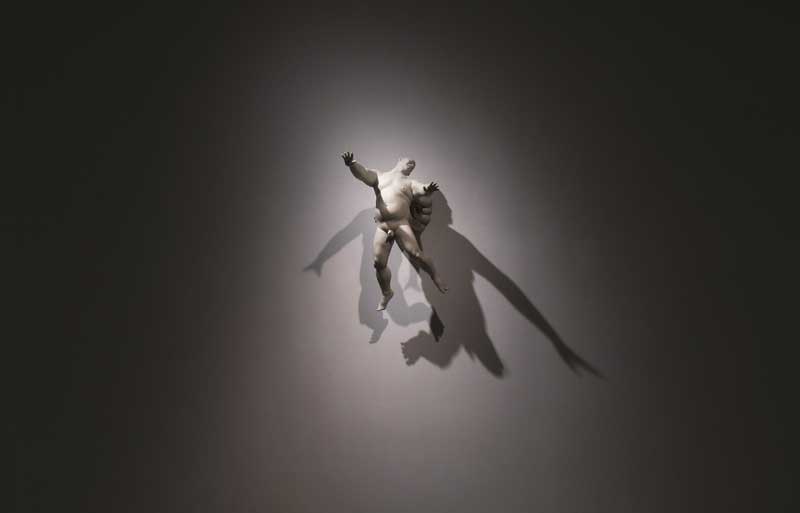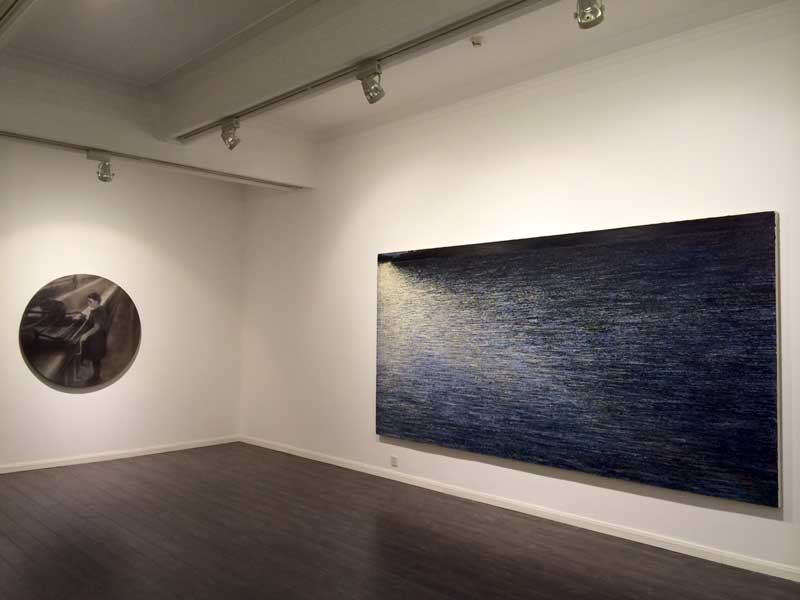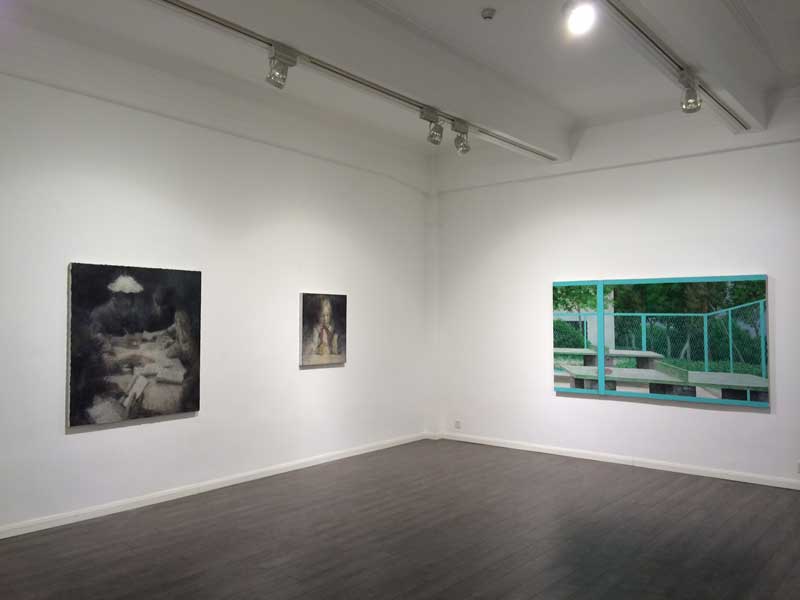Simulation and Simulacra:Rongjun Dou, Sen Lin, and Qinghua Xiang's works
Opening:May 10th
Date: May 9th to Jun 21st





Press Release
In his L'Echange symbolique et la mort published in the 1970s, Jean Baudrillard claimed that from the Renaissance to the first industrial revolution, the simulacrum was in the form of the counterfeit—mostly people or objects appearing to stand for a real referent. In the industrial era, the products produced on mass production lines were separated from the original referent, hence each product has no referent, but thousands of products could be based on one design model—the simulacrum of production. In the current internet era, simulation has become the dominant simulacra: all that is composed in a virtual world has no reference to the real world; once it is created, it lives its own life online without times or borders. The evolution of art creation reflected this hypothesis well. Today's artists are not bonded by portraying the real world, nor restrained by materials and methods; they freely navigate between the figurative and the abstract styles, and adventure in different mediums.
Simulation and Simulacra, presented by AroundSpace Gallery, will showcase how artists explored and interpreted the nature and the social environment. Different from other contemporary Chinese artists who pay attention to today's social reality in China, the three artists focused on their refined experience and individualized landscape. Rongjun Dou's portraits received a mysterious atmosphere from his special painting techniques; they are between the like and the unlike, which respond to the complexity of the personality of the protagonists in a complex social environment. Sen Lin's sculptures may be figurative in details, yet they somehow carry the artist's personal thoughts and moods. Lin's Shuiyue zhi may be inspired by the gesture of Guanyin, which easily evokes the association with Buddhism. Qinghua Xiang captured the emptiness in the natural and social environment, both real and absurd. AroundSpace created a dialogue environment in the gallery, which not only display the three artists' works, but also let them collide and resonate with one another, providing more insights to the audience.
audemars piguet replica
replica rolex rose gold
replica omega seamaster 300m
replica audemars piguet millenary
cartier ballon bleu replica
rolex gmt-master ii replica
fake corum bubble
audemars piguet survivor replica
Audemars Piguet Replica
audemars piguet replica
replica omega ladies
patek philippe replica
replica handbags
philippe charriol replica watches
ulysse nardin freak replica
Artists

